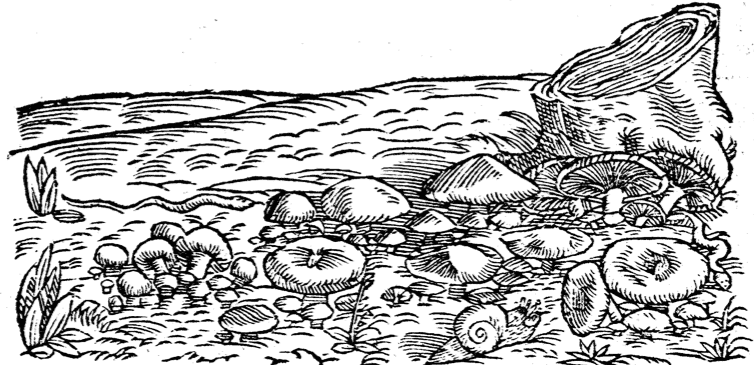 Fungal Materia Medica
Fungal Materia Medica
 Wall relief of a mushroom basket in
Wall relief of a mushroom basket inTemple of Hathor, Dendera (Wikimedia) |
Fungi have been an integral part of Traditional Medicine for millennia. A wide variety of Mushrooms and Fungi species have been used, however from a medicinal point of view the most important group of this class are the Polypores. In recent decades, an increasing amount of research has been confirming Traditional use of these fungi. Our Fungi Monographs have detailed information based both on traditional uses and modern research. |
See also
Primary uses of Medicinal Fungi
Medicinal Polypores at the Chengdu Medicine Market
General Research on Medicinal Mushrooms:
The following is a small fraction of the research that applies to Mushrooms in general. For research related to specific Mushrooms and Fungi, click on the individual monographs above.
–The Pharmacological Potential of Mushrooms
–Medicinal mushrooms: Towards a new horizon
–Mushroom Polysaccharides: Chemistry and Antiobesity, Antidiabetes, Anticancer, and Antibiotic Properties in Cells, Rodents, and Humans
–Edible Mushrooms: Improving Human Health and Promoting Quality of Life
–Antioxidants of Edible Mushrooms
–Cytotoxicity of some edible mushrooms extracts over liver hepatocellular carcinoma cells in conjunction with their antioxidant and antibacterial properties
–Bioactivities and Health Benefits of Mushrooms Mainly from China
–The effects of whole mushrooms during inflammation
–Anti-Obesity Effects of Medicinal and Edible Mushrooms
–Effect of medicinal mushrooms on blood cells under conditions of diabetes mellitus
–Potential of Mushroom Compounds as Immunomodulators in Cancer Immunotherapy: A Review
–Lectins from Edible Mushrooms
–Vitamin D4 in Mushrooms
–Antiinflammatory and Immunomodulating Properties of Fungal Metabolites
–Anticancer, antithrombotic, antityrosinase, and anti‐α‐glucosidase activities of selected wild and commercial mushrooms from Pakistan
–Clinical and Physiological Perspectives of β-Glucans: The Past, Present, and Future
–Cytoprotective effect of polysaccharide isolated from different mushrooms against 7-ketocholesterol induced damage in mouse liver cell line (BNL CL. 2)
–Effects of Dietary Intake of Japanese Mushrooms on Visceral Fat Accumulation and Gut Microbiota in Mice
–Free radical scavenging and antimicrobial properties of extracts of wild mushrooms
–Extracellular polysaccharides from Ascomycota and Basidiomycota: production conditions, biochemical characteristics, and biological properties
